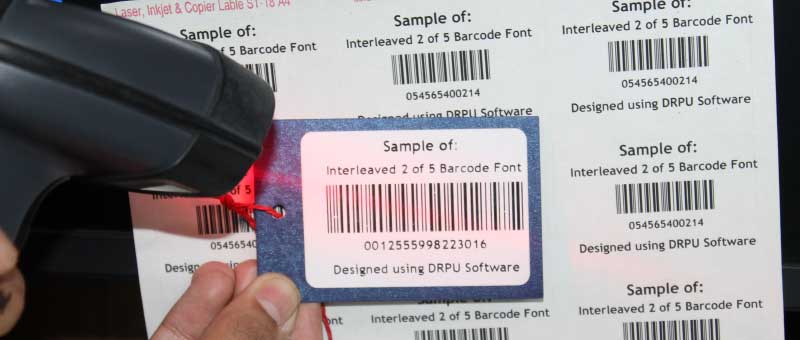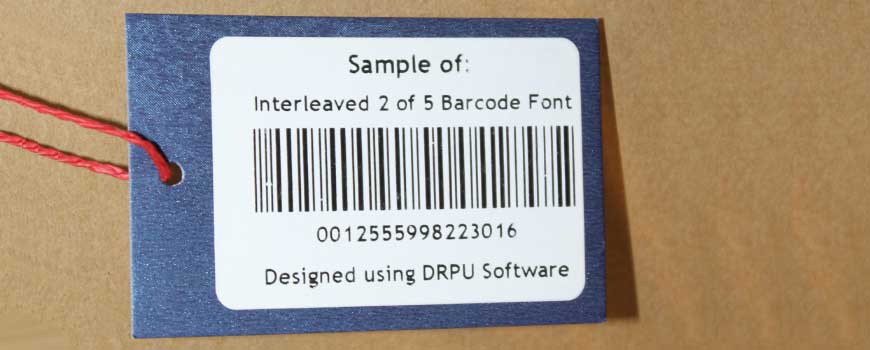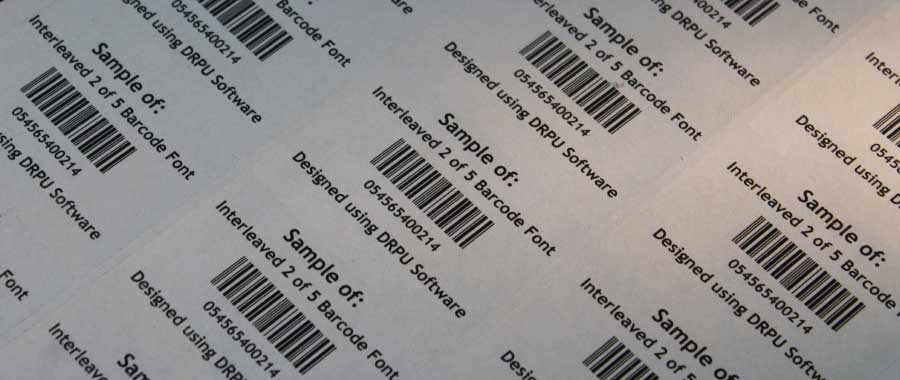Length, Character Encoding, Advantages, and Limitations of an Interleaved 2 of 5 Barcode
Interleaved 2 of 5 (ITF) is a linear barcode symbology that encodes numeric data. The length of an ITF barcode depends on the number of digits being encoded, the inclusion of a checksum digit, and the size of the narrowest element in the barcode. In this article, we will discuss the minimum and maximum length of an Interleaved 2 of 5 barcode.

Minimum Length:
-
❶ The minimum length of an Interleaved 2 of 5 barcode depends on whether or not a checksum digit is included. If a checksum digit is not included, the minimum number of digits that can be encoded is two. This is because Interleaved 2 of 5 encodes digits in pairs, with each pair represented by four elements (two bars and two spaces). Therefore, the minimum length of an ITF barcode without a checksum digit is eight elements (4 x 2).
-
❷ If a checksum digit is included, the minimum number of digits that can be encoded is three. This is because the checksum digit requires an additional pair of bars and spaces to represent it, increasing the total number of elements in the barcode to 10 (5 x 2). Therefore, the minimum length of an ITF barcode with a checksum digit is 10 elements.
Maximum Length:
-
❶ The maximum length of an Interleaved 2 of 5 barcode is determined by several factors, including the size of the narrowest element, the number of digits being encoded, and the inclusion of a checksum digit. In general, the maximum length of an ITF barcode is limited by the physical size of the label or surface on which it is printed, as well as the capabilities of the scanning device being used.
-
❷ The number of digits that can be encoded in an Interleaved 2 of 5 barcode depends on the size of the narrowest element. The larger the narrowest element, the fewer digits that can be encoded in a given amount of space. Conversely, the smaller the narrowest element, the more digits that can be encoded in the same amount of space.
For example, if the narrowest element is 0.5 mm wide, a 20-digit ITF barcode would be approximately 50 mm long (20 pairs of digits, each pair encoded using four elements). However, if the narrowest element is 0.25 mm wide, the same 20-digit barcode could be encoded in a length of only 25 mm (using the same four-element encoding scheme).
In practice, the maximum length of an Interleaved 2 of 5 barcode depends on the specific application and the capabilities of the printing and scanning equipment being used. In general, however, ITF barcodes can be up to several inches long and can encode several dozen digits of numeric data.
In summary, the minimum length of an Interleaved 2 of 5 barcode is eight elements (two digits without a checksum digit) or 10 elements (three digits with a checksum digit). The maximum length of an ITF barcode depends on several factors, including the size of the narrowest element, the number of digits being encoded, and the capabilities of the printing and scanning equipment being used. In general, however, ITF barcodes can be several inches long and can encode several dozen digits of numeric data.

